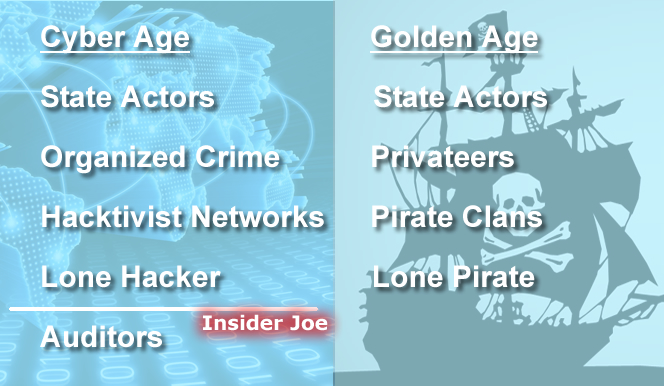Tag: Large Law
-

LegalSEC: Cybersecurity, Rooted in 500 Years of History
By Joseph Raczynski Learning from colonial piracy about the war on cybersecurity “It is a small world. It’s a fragile world. No one is safe until everyone is safe.” These are the cautionary words of Rod Beckstrom of The Rod Beckstrom Group, the keynote speaker at the cybersecurity LegalSEC Summit last week in Baltimore. With…
-

Building Our Blockchain Future (Part 3) – Beyond Bitcoin – Blockchain and the Legal Impact
By Joseph Raczynski This is the third and final post in a series about blockchain, an online public ledgering system, and how it will soon significantly impact many aspects of the legal industry. In the first post, I demonstrated the potential and the pitfalls of Bitcoin and its underlining blockchain technology; and in the second…
-

Law Firm of the Future – The Trinity of Forces: Infinite Processing Power, Memory, and Machine Learning
By Joseph Raczynski In ten years, it is predicted that 40% of the Fortune 500 companies will no longer exist1. This forecast originally cited in Fast Company is from a Babson Olin School of Business study. This notion is nearly incomprehensible, but may have a significant impact on the legal business. Why is this happening…
-

Google Glass — Law Firm Use
By Joseph Raczynski This is part four in a series of video’s surrounding Google Glass. This is “Law Firms and Glass”. Take a look at the Google Glass Explorer program. Glass Series Includes: 1) Glass Unboxing 2) Thoughts on Glass: Privacy, Security and Its Future 3) Usability Demo 4) Law Firms and Glass 5)…
-

Project Management’s Last Frontier: Law Firms
What would the father of project management Henry Gantt say today? Having increased its scope to nearly every industry, from civil engineering to defense and software development; project management has rarely delivered at law firms, until now. The landscape and technology has transformed enough such that project management can and will thrive at law firms.…

